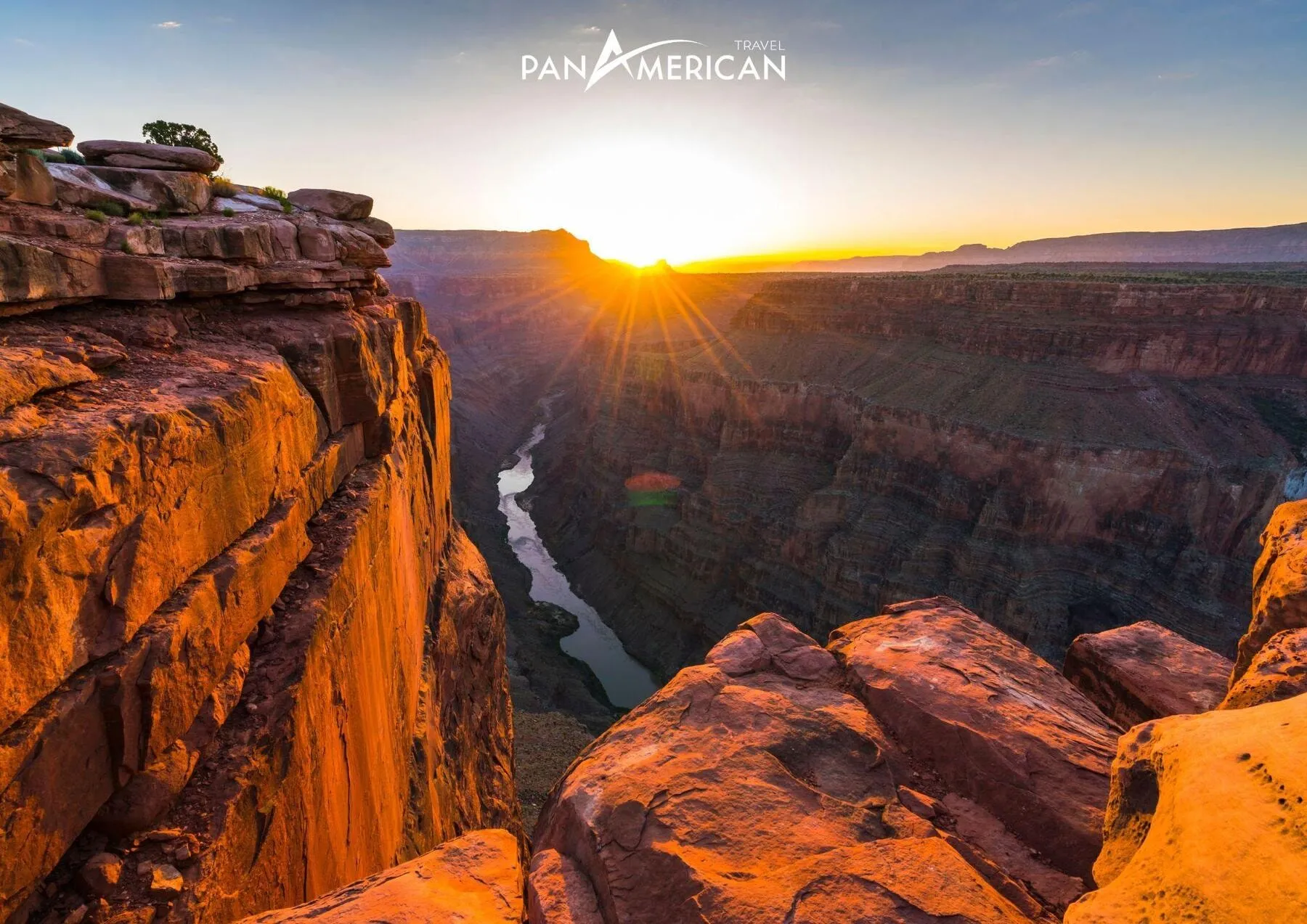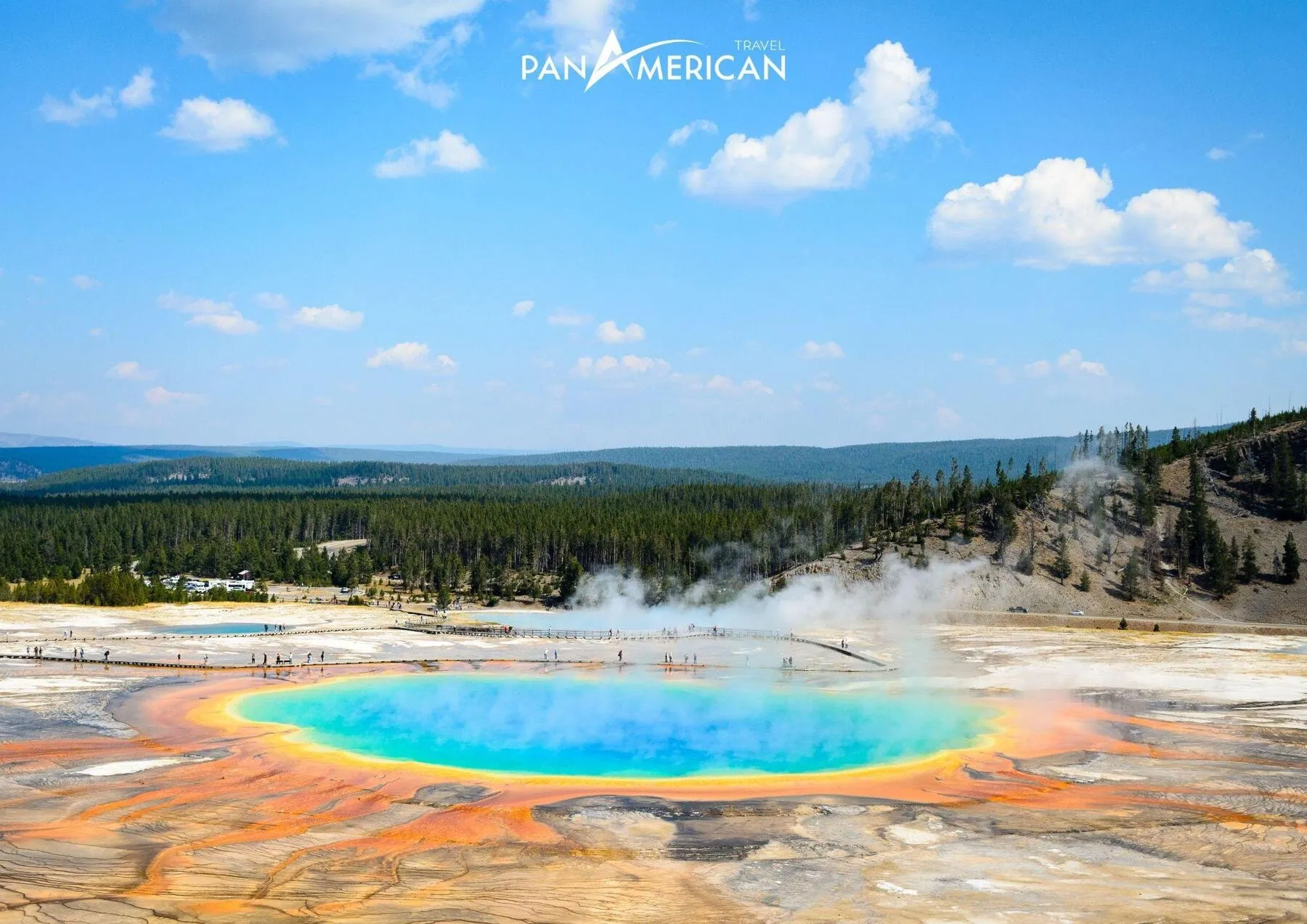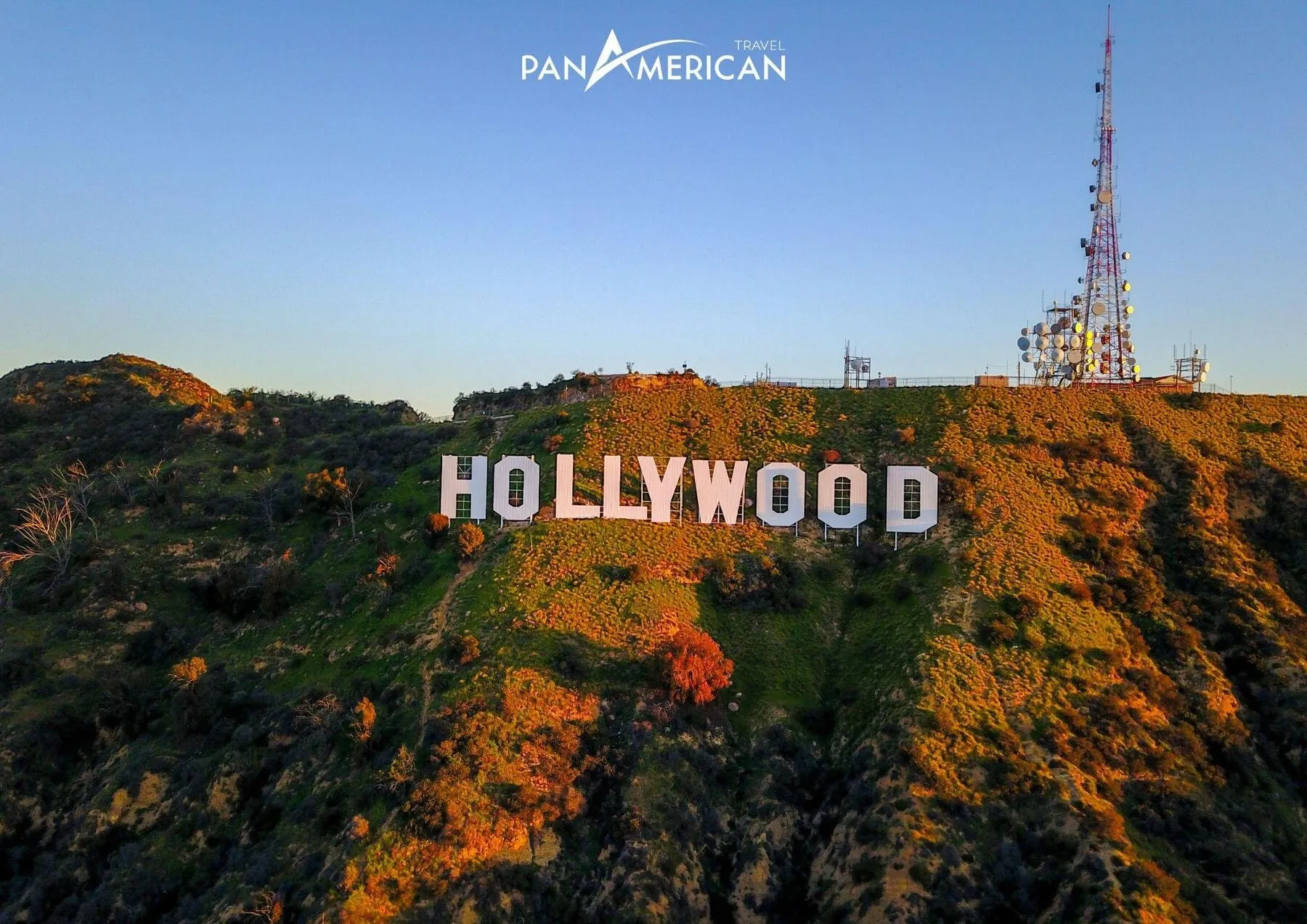Nestled in the heart of Idaho, the Boulder-White Clouds Wilderness Area is an unpolished gem, waiting to be discovered by adventurous and nature-loving souls. With majestic granite peaks reaching for the clear blue sky, pristine alpine lakes mirroring the clouds, and diverse alpine vegetation in vibrant colors, Boulder-White Clouds promises an unforgettable wilderness travel experience. If you are seeking a destination away from the hustle and bustle of the city, where you can immerse yourself in the untouched beauty of nature, let’s explore this detailed guide to visiting this magnificent wilderness area.
What is the Boulder-White Clouds Wilderness Area?
The Boulder-White Clouds Wilderness Area is a vast nature preserve, spanning over 900,000 acres (approximately 3,642 km²) in central Idaho, USA. Officially designated as a wilderness area in 2015, Boulder-White Clouds is a combination of three magnificent mountain ranges: the Boulder Mountains, the White Cloud Mountains, and the southern part of the Sawtooth Mountains. The terrain here is incredibly diverse, from towering peaks like White Cloud Peak at 11,816 feet (3,602 meters) to deep valleys, vast alpine meadows, and hundreds of stunning glacial lakes.
The formation of Boulder-White Clouds is the result of millions of years of geological activity, with the impact of glaciers, volcanoes, and erosion. This land is not only valuable in terms of landscape but also of great ecological significance, being home to many rare species of flora and fauna, including pronghorn, white-tailed deer, black bears, and various bird species.
Before being protected, Boulder-White Clouds was a silver and lead mining area in the late 19th and early 20th centuries. Traces of mining history are still scattered throughout the area, but nature has gradually recovered and regained its inherent beauty. Today, Boulder-White Clouds is an ideal destination for those who love outdoor activities such as hiking, mountaineering, camping, fishing, and wildlife viewing.

Ideal Time to Visit Boulder-White Clouds
The best time to visit the Boulder-White Clouds Wilderness Area is during the summer, from mid-July to early September. During this period, the weather is warm and dry, with daytime temperatures ranging from 20-25°C (68-77°F), perfect for outdoor activities. However, this is also the peak tourist season, so you should book campsites and permits in advance if you plan to stay overnight in the area.
Spring (May – June) and autumn (September – October) are also good times to visit, but the weather can be less stable than in summer. In spring, snow may still linger in the high mountains, and trails can be muddy due to snowmelt. Autumn brings beautiful fall foliage, but temperatures can drop low at night, especially in late October.
Winter (November – April) is not an ideal time to visit Boulder-White Clouds, as the area is covered in heavy snow and most roads are closed. However, if you are a fan of winter sports like backcountry skiing or snowshoeing, you can still explore part of the area, but you need to be well-prepared with equipment and survival skills in harsh conditions.
Getting to Boulder-White Clouds
To get to the Boulder-White Clouds Wilderness Area, you can travel by air or road. The nearest airport is Friedman Memorial Airport (SUN) in Hailey, Idaho, about a 1-2 hour drive from the area. From the airport, you can rent a car or use shuttle services to reach trailheads or nearby towns like Stanley, Clayton, or Challis.
If you are traveling by road, there are several main routes leading to Boulder-White Clouds. Highway 75 runs along the west side of the area, and Highway 93 runs along the east side. These routes are scenic and easy to drive, but you should note that some sections can be narrow and winding, especially when venturing deep into the wilderness area.
Once you are near Boulder-White Clouds, you will need to use dirt roads or trails to access specific attractions. Some dirt roads can be rough and require high-clearance or four-wheel-drive (4WD) vehicles. Before you go, you should check road conditions and prepare an appropriate vehicle.

Must-Do Activities in Boulder-White Clouds
Boulder-White Clouds is a paradise for outdoor enthusiasts. Here are some highlights that you should not miss when visiting:
Hiking
With over 300 miles (483 km) of marked trails, Boulder-White Clouds offers countless hiking options, from short and easy trails to challenging multi-day treks. Some popular trails include:
- Alice-Toxaway Loop: A loop trail of about 19 miles (30.6 km), taking you through stunning alpine lakes like Alice Lake and Toxaway Lake, with majestic mountain scenery. This is one of the most popular hiking trails in Boulder-White Clouds, usually taking about 2-3 days to complete.
- Fourth of July Lake Trail: A short and easy trail of about 4 miles (6.4 km) round trip, leading to Fourth of July Lake, a beautiful alpine lake at the foot of White Cloud Peak. This is an ideal option for beginners or families with young children.
- Born Lakes Trail: A trail of about 10 miles (16 km) round trip, taking you to the two Born Lakes located at high altitude, with panoramic views of the White Cloud Mountains. This trail is moderately difficult, suitable for experienced hikers.
- Boulder Creek Trail: A trail of about 15 miles (24 km) one way, following the Boulder Creek valley, through pine forests and alpine meadows. This trail has a moderate gradient and diverse landscapes, suitable for long day hikes or horseback riding.
Camping
Camping is a great way to fully experience the pristine beauty of Boulder-White Clouds. The area has several designated campgrounds, usually located near trailheads or lakes. In addition, you can also dispersed camp in most other areas within Boulder-White Clouds, as long as you comply with environmental protection and fire prevention regulations.
To camp in designated campgrounds, you usually need to make reservations in advance, especially during peak season. For dispersed camping, you do not need a permit, but it is advisable to inform local rangers about your plans and adhere to “Leave No Trace” principles to minimize environmental impact.
Fishing
Boulder-White Clouds is an ideal fishing destination, with hundreds of pristine lakes and streams teeming with trout species such as brook trout, cutthroat trout, and rainbow trout. Some popular fishing spots include Alice Lake, Toxaway Lake, Born Lakes, and the East Fork Salmon River.
To fish in Boulder-White Clouds, you need an Idaho fishing license and must comply with regulations on size and number of fish allowed to be caught. The fishing season usually runs from late May to late October, depending on altitude and weather conditions.

Wildlife Viewing
Boulder-White Clouds is home to a variety of wildlife, including pronghorn, white-tailed deer, elk, black bears, coyotes, foxes, and various bird species. The area is also an important refuge for the threatened sage-grouse.
To increase your chances of wildlife viewing, you should hike or camp in remote areas, keep quiet, and observe from a distance with binoculars or a telephoto lens camera. The best times for wildlife viewing are early morning or late afternoon, when they are most active.
Landscape Photography
With its majestic and diverse natural landscapes, Boulder-White Clouds is a paradise for landscape photography enthusiasts. From snow-capped peaks to turquoise lakes, from vibrant wildflower meadows to lush pine forests, every view in Boulder-White Clouds can become a work of art.
Some of the best photography spots include Alice Lake, Toxaway Lake, Imogene Lake, White Cloud Peak, and Chamberlain Basin. The ideal times for photography are at sunrise and sunset, when sunlight creates stunning color effects on the mountains and lakes.
Preparing for Your Boulder-White Clouds Trip
To have a safe and enjoyable trip to Boulder-White Clouds, you need to prepare thoroughly in terms of equipment, knowledge, and survival skills. Here are some suggestions for essential items and helpful tips:
Essential Items
- Hiking boots: Choose boots with good traction, ankle support, and that are broken in to avoid blisters.
- Backpack: Choose a backpack size suitable for your trip duration and activities. For day hikes, a 20-30 liter backpack is sufficient. For overnight camping, you will need a 50-70 liter backpack or larger.
- Clothing: Bring layers of clothing, including thermal underwear, fleece or synthetic jacket, waterproof jacket, and quick-drying pants. Don’t forget a hat, gloves, and scarf, especially if you are going in spring or autumn.
- Camping gear (if camping): Tent, sleeping bag, sleeping pad, camping stove, cooking utensils, flashlight or headlamp.
- Map and compass/GPS: Whether you use GPS or not, a paper map and compass are still essential navigation tools in the wilderness.
- First-aid kit: Bandages, antiseptic wipes, pain relievers, allergy medicine, sunscreen, insect repellent, and other personal medications.
- Water and food: Bring enough water for the whole day (at least 2-3 liters per person) and energy-rich snacks such as energy bars, dried fruit, nuts, and sandwiches.
- Multi-tool or pocket knife: A multi-tool or compact pocket knife can be very useful in many emergency situations.
- Waterproof matches or lighter: To start a campfire or boil water (only build fires in designated areas and follow fire safety measures).
- Sunglasses and sunscreen: The sun’s rays are very strong in high mountain areas, so sunglasses and sunscreen are essential to protect your eyes and skin.
- Binoculars: For wildlife viewing and scenic observation from a distance.
- Camera: To capture memorable moments of your trip.
Safety Tips for Visiting Boulder-White Clouds
- Check the weather forecast: Before you go, check the weather forecast to prepare your clothing and plan accordingly. Weather in high mountain areas can change very quickly, especially in summer, with afternoon thunderstorms being common.
- Travel in groups: Hike and camp in groups of at least two people for safety and to have someone to help in case of emergency.
- Inform someone of your plans: Let family or friends know about your trip plans, including your route, expected duration, and return time.
- Stay on marked trails: Always stay on marked trails and avoid shortcuts or getting lost.
- Be aware of altitude: Boulder-White Clouds is located at high altitude, so you may experience altitude sickness, especially when you first arrive. Ascend gradually, drink plenty of water, and avoid alcohol and caffeine.
- Be cautious of wildlife: Do not approach or feed wildlife. Store food and waste properly to avoid attracting animals to your campsite.
- Prevent forest fires: Boulder-White Clouds is a high fire risk area, especially in the dry summer. Follow campfire regulations, do not smoke in prohibited areas, and extinguish fires completely before leaving.
- Carry enough water: Natural water sources in Boulder-White Clouds may not be safe to drink directly. Bring enough drinking water or use a water filter or water purification tablets to treat water from streams or lakes.
- Learn about heatstroke and hypothermia: Know how to recognize and treat heatstroke and hypothermia, two dangerous conditions that can occur when outdoors in extreme weather conditions.

Accommodation near Boulder-White Clouds
Although there are no hotels or lodges within the Boulder-White Clouds Wilderness Area, you can find many accommodation options in nearby towns such as Stanley, Clayton, and Challis.
- Stanley: The town of Stanley is located west of Boulder-White Clouds, known as the “gateway” to the Sawtooth and White Cloud Mountains. Stanley has many hotels, lodges, cabin rentals, and restaurants, catering to visitors to the area.
- Clayton: The town of Clayton is smaller than Stanley, located east of Boulder-White Clouds. Clayton has several cozy lodges and inns, offering a quiet and nature-oriented atmosphere.
- Challis: The town of Challis is located a bit further east, but is the administrative center of Custer County, where Boulder-White Clouds is located. Challis has many hotels, motels, restaurants, and supermarkets, providing full amenities for travelers.
In addition, you can also search for other accommodation options such as vacation rentals on Airbnb or VRBO in the area surrounding Boulder-White Clouds.
Conclusion
The Boulder-White Clouds Wilderness Area is a fantastic destination for those who want to explore the pristine and majestic beauty of Idaho’s nature. With towering peaks, crystal-clear alpine lakes, and a diverse ecosystem, Boulder-White Clouds promises unforgettable travel experiences. Whether you are a fan of hiking, mountaineering, camping, fishing, or simply want to find a peaceful place to relax and immerse yourself in nature, Boulder-White Clouds will certainly not disappoint you. Plan your trip today and discover this hidden gem in the heart of America!